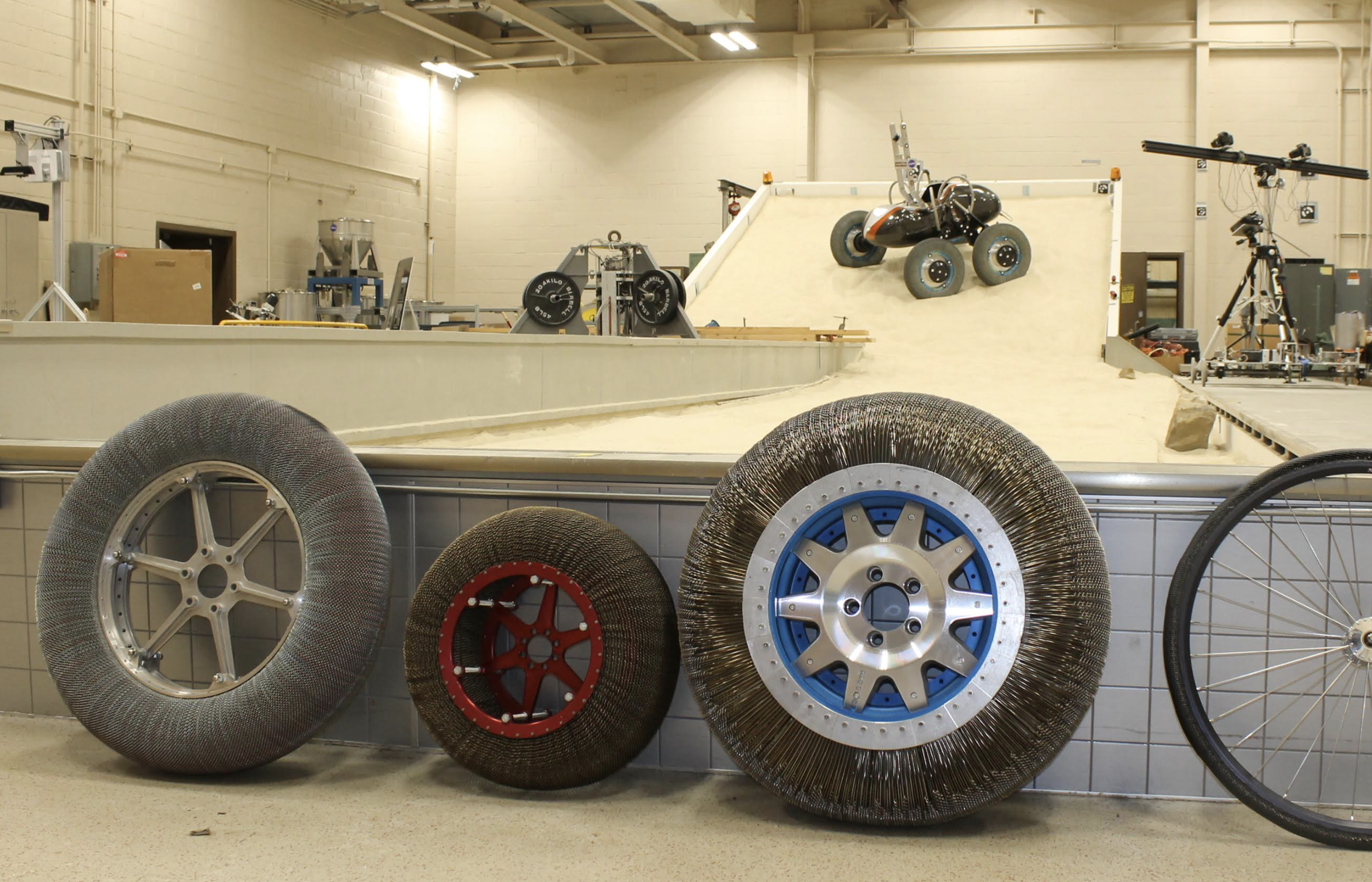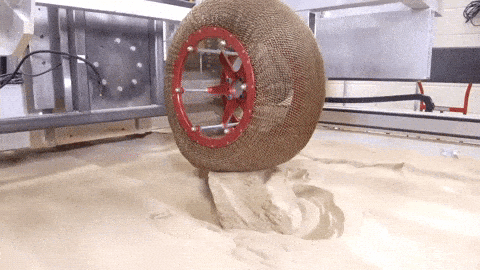
A New Paradigm in Tire Performance
SuperElastic, Airless & Sustainable
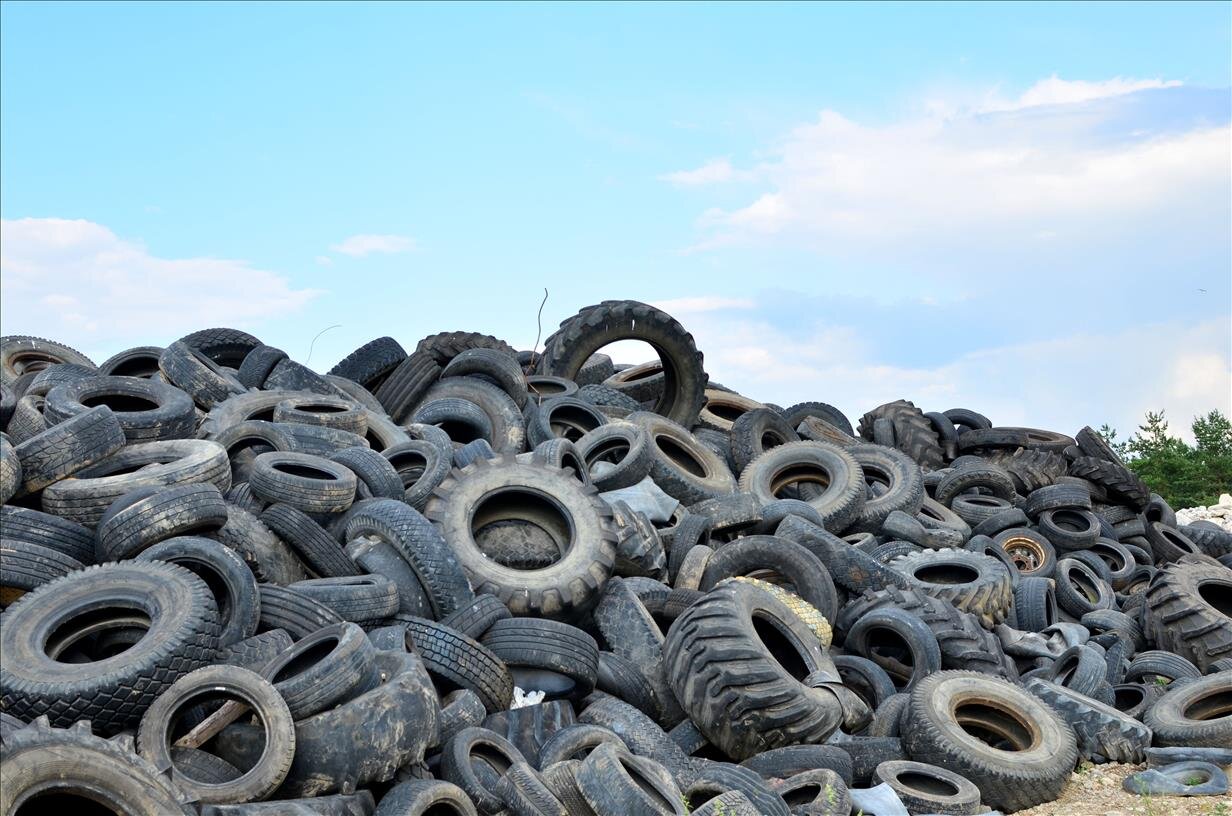
A Smarter Future
History of the Pneumatic Tire
Pneumatic tires (tires filled with air) were first invented and patented back in 1847 by Scottish inventor Robert William Thomson, but they never went into production. In 1888, British inventor, John Boyd Dunlop, invented the same design, independently, and managed to introduce to the world’s first commercial pneumatic rubber tire. This invention enabled first bicycles, and then cars, to achieve markedly improved level of comfort for their passengers while traveling across terrains of all types. Managing to take advantage from his invention, John Boyd Dunlop established “Dunlop Pneumatic Tyre Company”, a tire and various rubber goods manufacturing company that remained in the top echelon of manufacturers for almost 100 years before it was sold to in 1980s. The materials of modern pneumatic tires are synthetic rubber, natural rubber, fabric and wire, along with carbon black and other chemical compounds. They consist of a tread and a body. The tread provides traction while the body provides containment for a quantity of compressed air.
Today, more than 400 million pneumatic tires are produced annually worldwide, along with nearly 47 million new motor vehicles to consume them-and the world's vehicle population is growing at the rate of approximately 1.6 percent. The global tire market is valued at around $300 billion.
“Future opportunities for tire suppliers are electric vehicles, autonomous vehicles and fleets. Tires will need to be able to handle the increased load while being light and fuel efficient to ensure the vehicle achieves the greatest level of mileage and efficiency from each charge of its battery system.” - Chuck Yurkovich, Senior Vice President, Global Research & Development @ Cooper Tire Company
“The triple play of electric, shared, and autonomous are clearly driving the automotive industry and future tire development. These vehicle trends drive the need for robust tire solutions (sealant or runflat), rolling resistance for improved autonomy of the electric vehicles of tomorrow.” - Robert Wheeler, Head of America Technical Center @ Hankook Tire Manufacturing Company
Source: Rubber & Plastics News Magazine (2019)
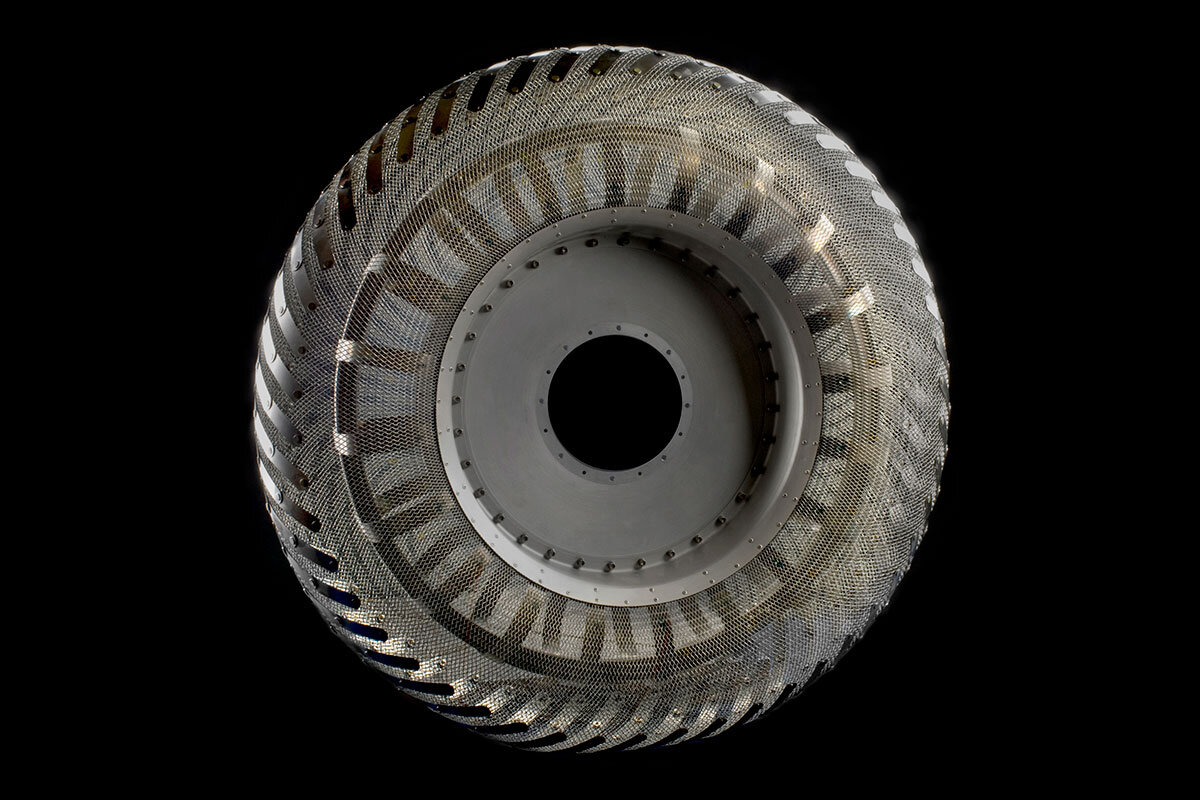
The SMART Tire
What are the benefits?
Safe - Eliminates the possibility of puncture failure
Strong - Can withstand excessive deformation
Robust - Can be configured for high traction on various terrains
Simple - Eliminates the need for air
Versatile - Tire stiffness can limit energy transferred to vehicle
Lightweight - No inner frame needed for the tire/wheel assembly
Clean - Environmentally friendly, no major tire waste
The SMART Lab
5,000 sf Production Facility
In 2021 The SMART Tire Company secured a physical space, in a secret place, somewhere in Ohio (not too far from NASA Glenn). We literally worked in a secret lab to continue building prototypes and testing out proprietary ideas. As of 2023, our lab is no longer a secret and we will be opening our 5,000 square foot research and production facility to the public, this Summer in Akron, Ohio.
Our SMART Innovation Lab is constantly growing as we add new state-of-the-art machinery, furniture, lab equipment, power tools, various metals, special materials and an abundance of our core component, NiTinol+. We will be hiring more talented engineers, executives and scientists, in preparation for our first commercial product launch in 2024, and continued growth of our business.
The SMARTest Tire
SMART tire commercial products will be encased in a special rubber & polymer integration (tread, sidewalls, etc.), which could last much longer than the standard carbon black tire. Unlike NASA’s mesh prototype in the photo, STC’s new tires will have no metal in direct contact with the ground or road for the iteration of this technology.
The SMART Tire (Shape Memory Alloy Radial Technology) will be a viable alternative to the conventional pneumatic tire. This innovation, originally called the Superelastic Tire, was designed for future Moon and Mars missions, but could eventually be a replacement to pneumatic tires here on Earth - disrupting a 100 year old industry with a new technology and approach to tire design and manufacturing.
The Superelastic Tire offers traction equal or superior to conventional pneumatic tires and eliminates both the possibility of puncture failures and running "under-inflated", thereby improving automobile fuel efficiency and safety. Also, this tire design does not require an inner frame which both simplifies and lightens the tire/wheel assembly.
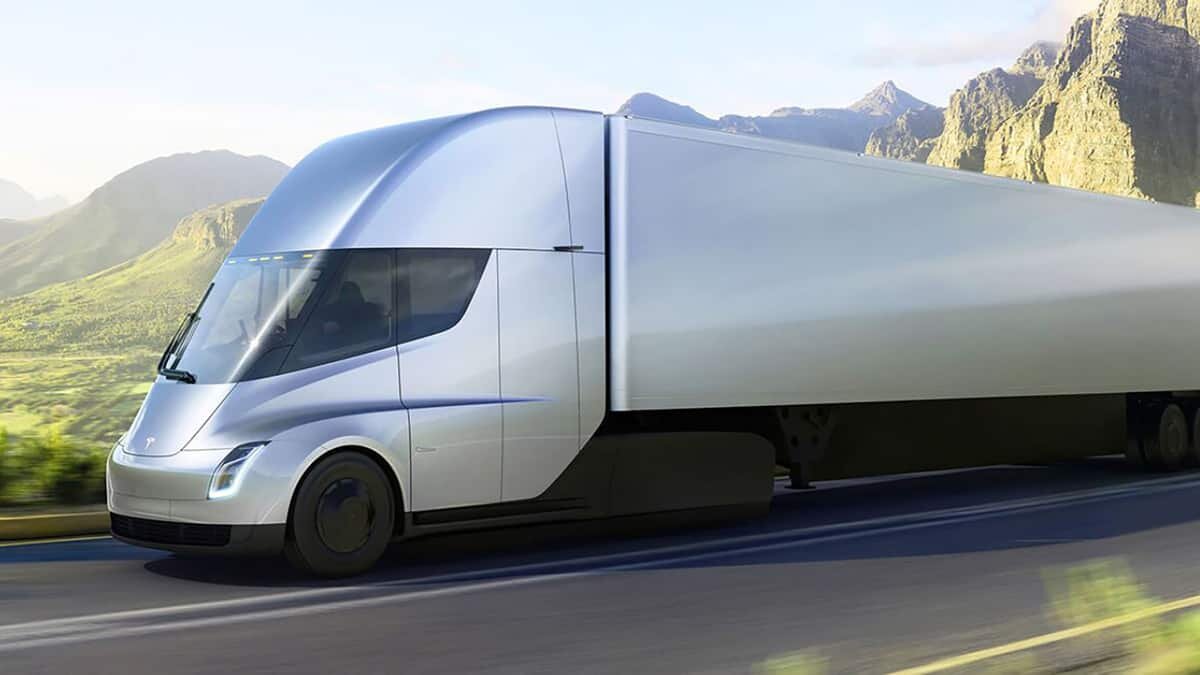
What are the potential applications?
Automotive - trucking, all-terrain, electric cars, autonomous vehicles
Military - Improvised Explosive Device (IED) & bullet-proof tires, drones
Recreational - road, mountain & ebikes, electric & motor scooters, ATVs
Industrial - machinery, heavy-duty construction, mining, agriculture tires
Aerospace - commercial & private jet tires, helicopters, eVTOL
High-Performance Sports - NASCAR, motocross, Baja 500
City, Search & Rescue - police & fire department vehicles
Down To Earth
Although our company understands the massive potential of the SMART Tire, we are very much aware that it will require more development and testing before it is ready for the larger 4-wheel vehicle market. We will focus on selling to premium customers and 2-wheel markets as our initial strategy, with the launch of METL™, our first ever bicycle tire ($10B market). However, we know that we are just a few years away from a product that is ready to disrupt the entire automotive industry, on a global scale.
The next tire evolution is here. The SMART Tire Company plans to be the Tesla of the tire industry. We look forward to bringing something groundbreaking, as well as, beneficial to the world of transportation.
The SMART Tire.
